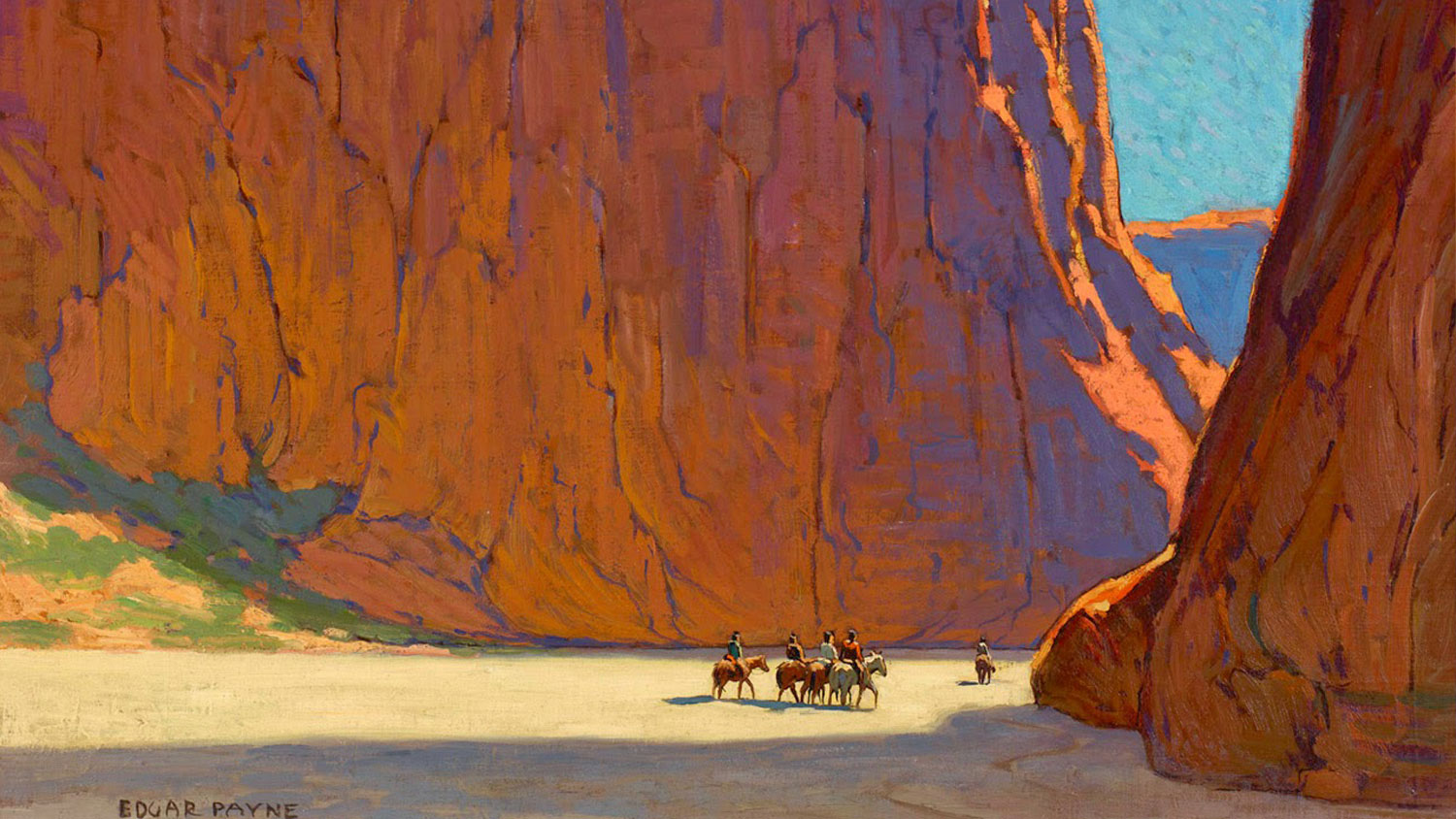
Being deeply immersed in the world of landscape painting, I’ve always been enchanted by the luminaries that have shaped this art form. Among them, the name Edgar Payne stands tall, casting a long, inspirational shadow on countless artists, including myself. Today, I wish to journey with you into the intricate tapestry of Payne’s techniques and explore why they continue to resonate through the annals of art history.
At the heart of Payne’s work lies the foundational concept of ‘The Big Idea’. In essence, this means distilling a scene down to its very core, its most essential and compelling aspect. Whether it’s the monumental peak of a sierra or the gentle curve of a coastline, Payne captured the grandness of nature by focusing on its most dominant feature. This technique not only emphasizes the majesty of the subject but also communicates a story and emotion in the simplest yet most powerful manner.
One cannot discuss Payne without highlighting his genius in employing dynamic symmetry. He often used the ‘Golden Ratio’ and ‘Armature of the Rectangle’ to create balanced and harmoniously divided compositions. This mathematical approach ensured that every element in his painting had a deliberate place and purpose, making the viewer’s eye move smoothly across the canvas.
Payne’s brushwork is a testament to his mastery and confidence. He didn’t shy away from leaving bold, decisive strokes, which gave his work a certain vitality and texture. Yet, he also seamlessly transitioned into delicate touches where subtlety was demanded. This balance brought depth, life, and movement to his landscapes.
While Payne was a stickler for capturing nature’s truth, he wasn’t confined by the exact replication of its colors. He understood that sometimes, to capture the emotion of a scene, one might need to deviate from reality. Thus, he would often employ a unique palette, exaggerating certain hues or muting others, to evoke a particular mood or sentiment.
Beyond the evident beauty of his work, Payne’s techniques are revered because they bridge the gap between raw observation and emotional representation. He demonstrated that to capture the spirit of nature, one must not just paint what they see, but also what they feel. His methodologies, while rooted in logic and structure, leave ample room for emotion and intuition.
For contemporary artists like me, Edgar Payne is more than just a historical figure; he’s a beacon guiding us towards a deeper understanding of landscape painting. Embracing his lessons has not just refined my skills but also enriched my soul. I can only hope that my own work, in some small way, pays homage to this master’s legacy.
Till the next brushstroke,
Clayt
Fresh Updates from the Studio
© 2025 Clayt Lennox Art. All rights reserved.